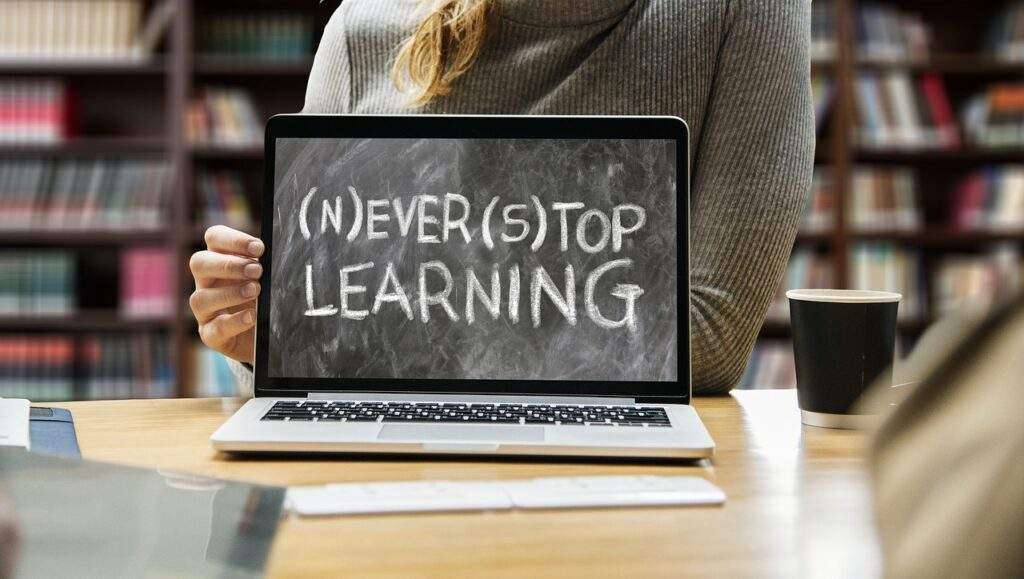
In recent years, the concept of online learning has gained significant popularity due to its convenience and flexibility. However, many educational institutions still face challenges when it comes to conducting exams remotely.
In this blog article, we will discuss how remote online proctoring can be leveraged to modernise education and address these challenges.
The Challenges of Delivering Exams Remotely
Conducting exams remotely has become a necessity in today’s digital age. The traditional method of conducting exams in a physical classroom setting is not always feasible, especially for institutions with a large number of students or those with students from diverse locations.
However, delivering exams remotely comes with its own set of challenges. Some of the most common challenges faced by educational institutions include:
- Lack of proper infrastructure and resources to conduct exams online
- Difficulty in ensuring exam integrity and preventing cheating
- Limited options for verifying student identity
- Technical difficulties during online exams, leading to delays or disruptions
- Concerns about the reliability and security of online proctoring software
These challenges can not only affect the students’ learning experience but also impact the credibility and reputation of educational institutions. This is where remote online proctoring comes in.
How Remote Online Proctoring Can Modernise Education
Remote online proctoring refers to the use of technology to monitor and supervise exams. This technology enables educational institutions to deliver exams remotely to students securely and efficiently.
Let’s have a look at how remote online proctoring can modernise education:
Ensuring Exam Integrity
One of the biggest concerns when it comes to delivering exams remotely is maintaining exam integrity and preventing cheating. With remote online proctoring, educational institutions can use various tools and methods to ensure that students are not cheating during exams.
These include:
- Live proctoring: A proctor can monitor students in real time through video and audio feeds, ensuring that they do not engage in any form of cheating.
- Automated proctoring: This method uses AI algorithms to detect suspicious behaviour or activities during an exam, such as using unauthorised devices or looking away from the exam screen.
- Browser lockdown: This feature locks down the student’s web browser, preventing them from accessing any external resources during the exam.
Verifying Student Identity
Another challenge of delivering exams remotely is verifying students’ identities to ensure that the right person is taking the exam. Remote online proctoring offers several options for identity verification, such as:
- Facial recognition: This technology captures the student’s face and compares it to a photo ID on file to verify their identity.
- Multi-factor authentication: Students may be required to provide additional identification, such as answering security questions or entering a unique code sent to their email or phone.
- ID verification through a live proctor: A proctor can visually verify the student’s identity before and during the exam.
Convenience for Students
Remote online proctoring also offers convenience for students. They can take exams from the comfort of their own homes, saving time and money on travel.
Additionally, with remote proctoring, students can take exams at any time that is suitable for them, eliminating the need to schedule exams during specific time slots. This flexibility can also reduce stress and anxiety for students, leading to better performance.
Benefits for Educational Institutions
In addition to the benefits for students, remote online proctoring also offers several advantages for educational institutions:
- Increased efficiency: With remote proctoring, educational institutions can conduct exams for a large number of students at once, reducing the time and resources required for exam administration.
- Cost savings: Delivering exams remotely eliminates the need for physical exam centres and associated costs such as renting space and hiring staff.
- Enhanced credibility: By using advanced technology to monitor exams, educational institutions can ensure exam integrity and prevent cheating, enhancing the credibility of their exams.
- Flexibility: Remote online proctoring allows educational institutions to offer exams to students from different locations, making it easier for them to reach a wider audience.
Conclusion
The concept of delivering exams remotely is not new, but with advancements in technology, it has become more efficient and secure. Using remote online proctoring, educational institutions can overcome the challenges of delivering exams remotely and modernise their education system.
With increased efficiency, improved exam integrity, and convenience for both students and institutions, remote online proctoring is undoubtedly the future of education. So, it’s time for businesses & educational institutions to embrace this technology and take a step towards modernizing education.